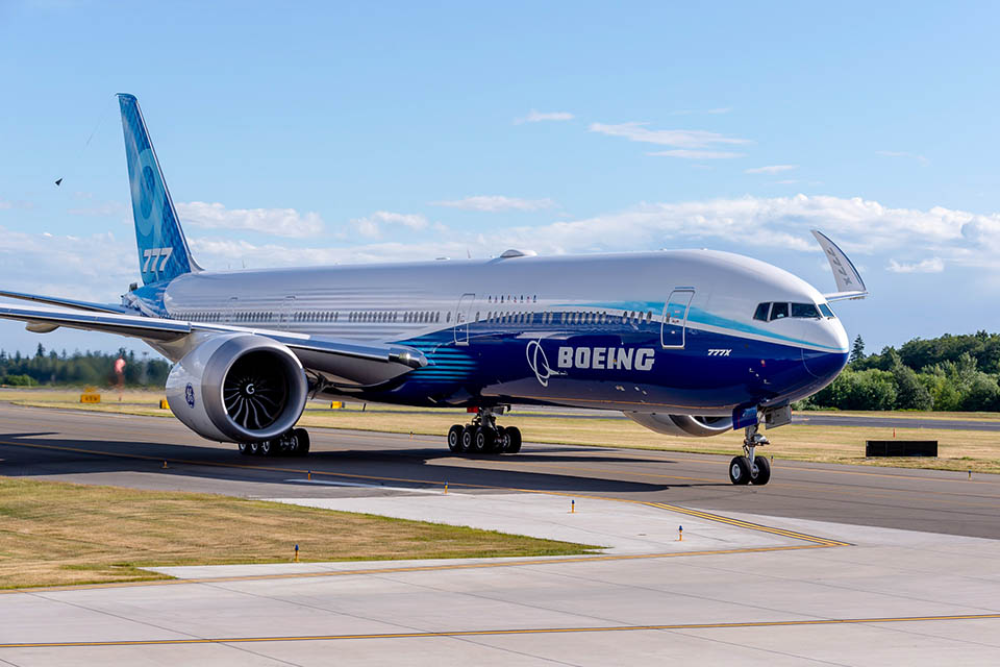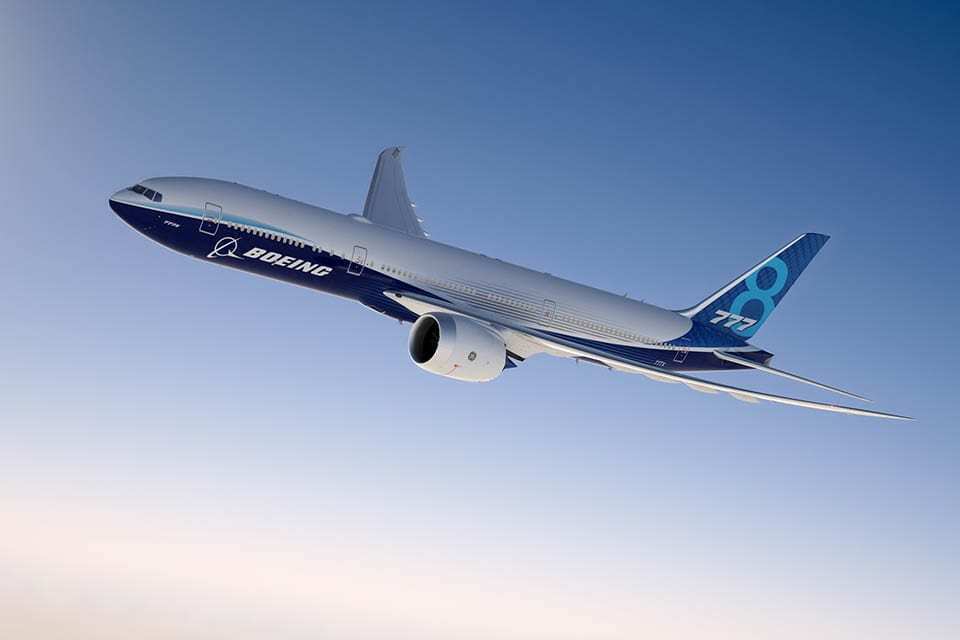It has been a long time coming. The much delayed first Boeing 777X should enter service with Lufthansa sometime in 2022. Given the amount of drama surrounding the 777X program, it sometimes feels like the plane has been around forever when, in fact, it has barely landed. The 777X is shaping up as Boeing’s successor to the popular 777-300ER aircraft. But it’s nearly 18 years since the first 777-300ER took to the air. Clearly, there are going to be some differences. When the 777X starts flying for airlines, what differences will we see?

A natural successor to the 777-300ER
Boeing’s 777-300ER made its first test flight in early 2003 and entered into service with Air France one year later. Over 800 of the aircraft have been sold, and it remains in production. The 777-300ER could fly about 20% further than the 777-300, explaining its ER tag. The 777-300ER is just under 74 meters long. Its wingspan is just shy of 65 meters. It can fly between 365 and 550 passengers (depending on cabin configuration) up to 13,649 kilometers before needing to refuel. The plane has proved a big hit with airline customers needing a long-haul aircraft pitched between the smaller 787 Dreamliner and larger and now-defunct 747 jumbo.
But the technology and design behind the 777-300ER is almost two decades old. There are two variants of the 777X available right now. Size-wise, there’s not a lot of difference between the 777X and the 777-300ER. The 777-8 is slightly smaller than the 777-300ER, and the 777-9 is slightly bigger. The main differences are in the design, technologies, and efficiencies. They are not things many passengers will necessarily note, but it’s something the airlines will.
The smaller of the 777Xs, the 777-8 is just under 70 meters long. In a modern two-class configuration, it can seat around 385 passengers. The plane has a range of 16,000 plus kilometers. The larger of the 777X, the 777-9 is nearly 77 meters long. Boeing says it can seat around 425 passengers across two cabin classes. Its range is around 13,500 kilometers, similar to the 777-300ER.

The innovative new 777X wing
The first big difference between the 777X and the 777-300ER is the wingspan. Both 777X variants have a wingspan of 71.8 meters, roughly 15% bigger than the 777-300ER’s wingspan.
Because the wingspan is so huge, the wings’ actual ends need to fold upwards to allow the plane to use normal gates. This new wing design needed FAA approval as it is technically a new class of airplane. But these innovative wings will give the 777X greater lift and less drag.
This helps make 777X more fuel-efficient than the previous generation 777-300ER. Depending on who you ask, the 777X is 10-15% more fuel-efficient than the 777-300ER. That percentage may not sound like a lot, but every dollar counts in the cutthroat airline industry.
While the fuselage materials aren’t that different from the standard 777-300ER, the wings are almost completely made of composite materials not necessarily available two decades ago.

Enormous new engines cut costs, emissions, and noise
The 777X engines are also worth noting. Boeing is using a GE9X engine with a 132″ fan. Despite quite a few problems getting the engines into service, the FAA has recently signed off on them. The GE9X engines will be the largest and most powerful commercial aircraft engines built to date.
In addition, GE says that they are the quietest engine ever built by them, falling within 8 dB of Stage 5 aircraft noise standards. Compared to earlier versions of the 777, emissions will be cut by nearly 30%. All up, these engines will consume significantly less fuel than the older GE90 engines used on 777-300ERs. The 777X engines will also be much quieter.
Up in the cockpit, pilots will notice better technologies such as turbulence detectors and improved autopilot systems. For passengers, the big differences will be larger windows, a wider cabin, new lighting, and new cabin architecture.
While the 777-300ER has many fans among airlines and passengers, nothing lasts forever. The 777X is its natural successor. The 777X has had a troubled start, but Boeing is making inroads with its test flights this year. In a few years, we should see the 777X touch down at airports around the world. It’s going to be interesting to see how popular the plane proves with passengers.
What do you think of the 777X compared to older versions of the aircraft? Post a comment and let us know
[ad_2]
Source link


